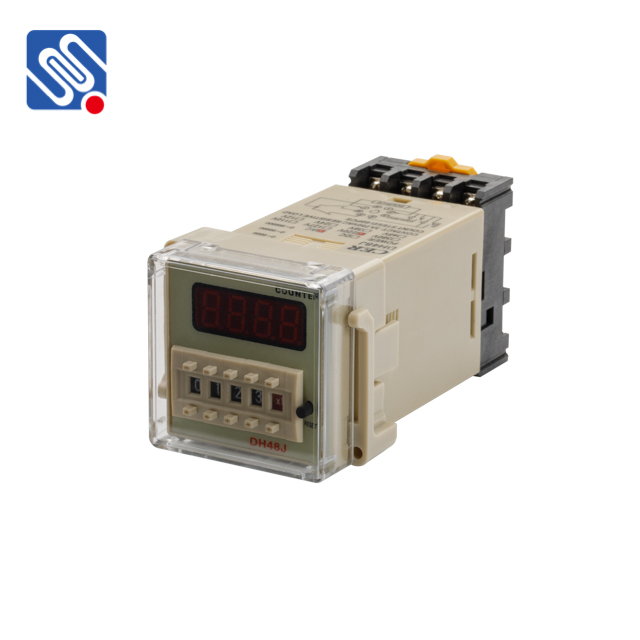understanding relay voltage: its importance and applications
Release time:2025-07-17 17:03:24
A relay is an essential component in electrical and electronic systems, acting as a switch that opens and closes circuits to control the flow of electricity. It functions by using an electromagnet to activate the mechanical switch, enabling remote control of circuits without direct human intervention. Among the various technical specifications of a relay, relay voltage is one of the most important aspects to understand when integrating a relay into a system. Relay voltage refers to the voltage required to operate the relay coil and activate the switching mechanism. This article delves into the concept of relay voltage, its significance, and the various applications of relays in modern technology.

What is Relay Voltage?
Relay voltage is the electrical potential (or voltage) supplied to the coil of a relay to enable it to function. A relay generally consists of a coil, contacts, and a switching mechanism. When a voltage is applied to the coil, it generates a magnetic field that causes the contacts to either close or open, depending on the type of relay (normally open or normally closed). The relay's voltage rating refers to the specific voltage needed for the coil to generate the magnetic field that actuates the switch. This voltage can be either DC (direct current) or AC (alternating current), depending on the design of the relay.

